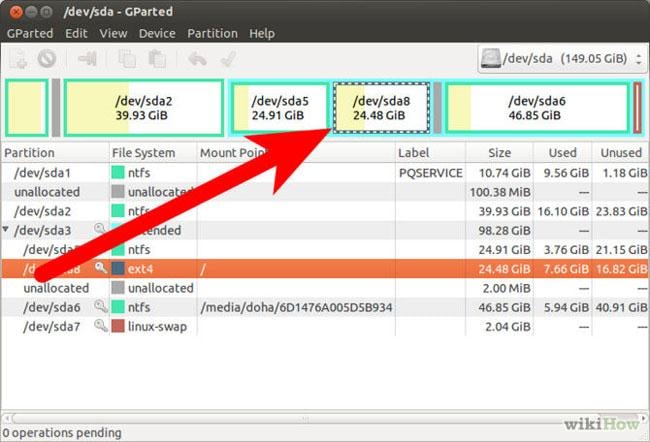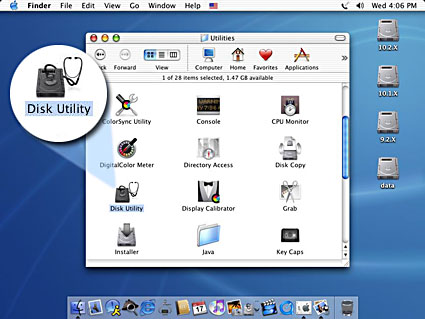
NTFS supports file permissions for security, a change journal that can help quickly recover errors if your computer crashes, shadow copies for backups, encryption, disk quota limits, hard links, and various other features. NTFS is packed with modern features not available to FAT32 and exFAT. The name is short for “New Technology File System.” NTFS first appeared in consumer versions of Windows with Windows XP, though it originally debuted with Windows NT. When you install Windows, it formats your drive with the NTFS file system. NTFS has file and partition size limits that are so theoretically huge you won’t run up against them. NTFS is the modern file system Windows likes to use by default.


What Is NTFS? Corbin Davenport / How-To Geek exFAT is a modern replacement for FAT32-and more devices and operating systems support it than NTFS-but it’s not nearly as widespread as FAT32. FAT32 is an older file system that’s not as efficient as NTFS and doesn’t support as big a feature set, but does offer greater compatibility with other operating systems.


 0 kommentar(er)
0 kommentar(er)
